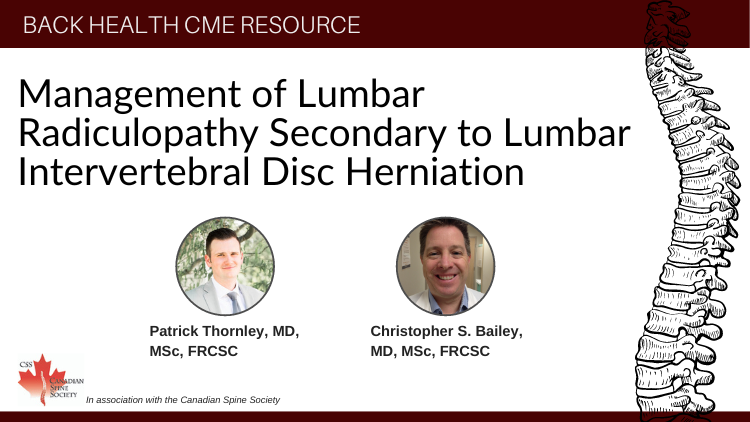1 London Health Science Centre Combined Neurosurgical and Orthopaedic Spine Program, Schulich School of Medicine, Western University, Ontario, Canada.
2 London Health Science Centre Combined Neurosurgical and Orthopaedic Spine Program, Schulich School of Medicine, Western University, Ontario, Canada.

